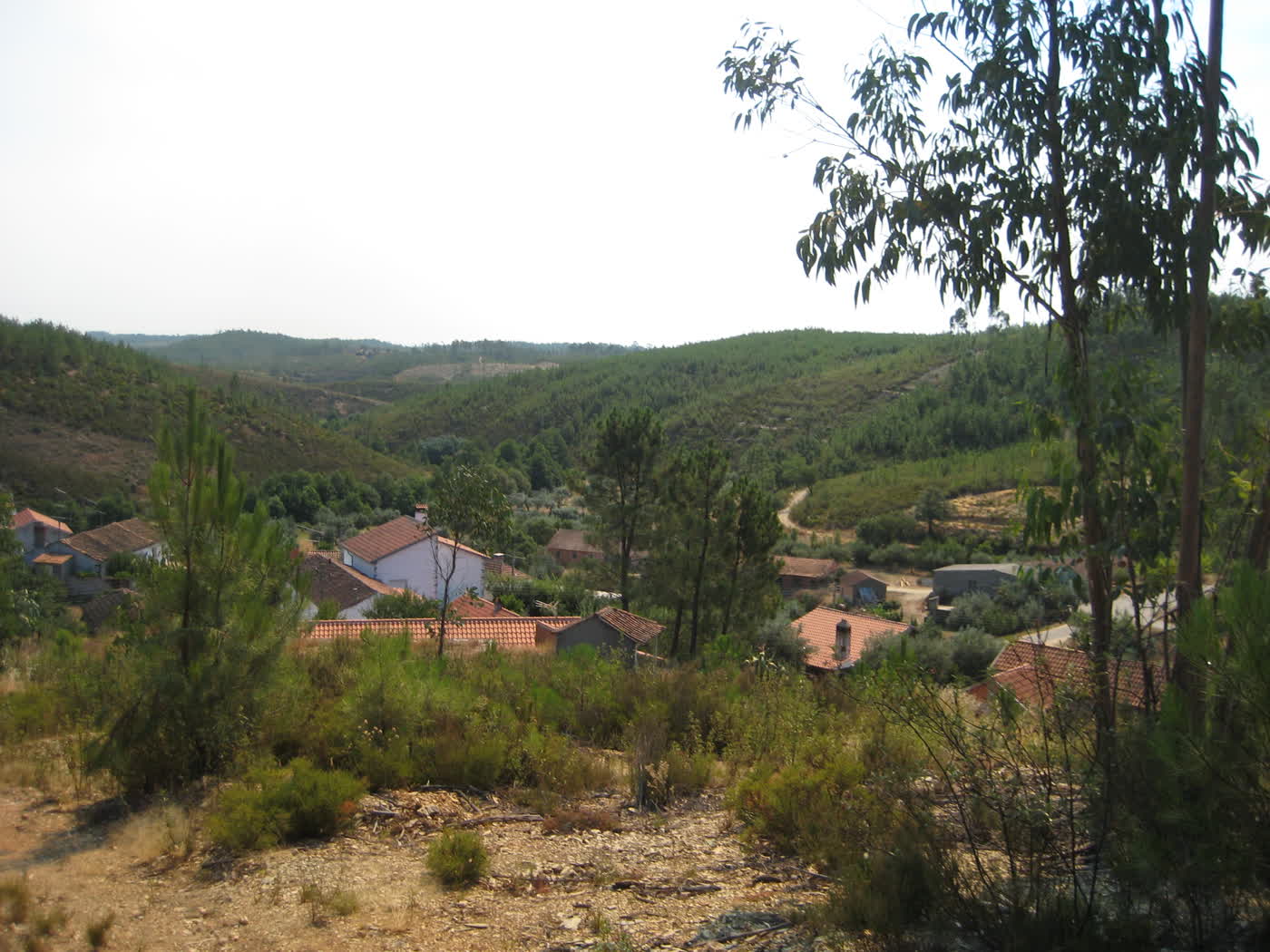The Chasm of Culture
If you know a bit about me, you’ll know that I grew up between multiple cultures: my mom’s side of the family lives entirely in Brazil, my dad’s side almost entirely in Portugal, and I myself grew up in Canada. Those three cultures have some pretty profound differences, from Brazil’s laissez-faire looseness, to Portugal’s focus on social rituals, to Canada’s more British-style aloofness and distance when compared to the other two.
I was exposed to all those cultures young enough that I internalized the different aspects of them. I grew up knowing that these different sides of my family and social groups acted and expected to be treated in different ways, and managed to find a way to center myself in the common ground between them while adjusting myself to fit them wherever necessary.
It’s led to a lifetime of feeling a bit like a misfit no matter where I go, but it’s also helped me have a broad perspective on a wide variety of different issues. I consider that outlook and perspective to be a very fundamental part of who I am today.
But even that kind of upbringing didn’t prepare me for the culture shock I would be exposed to when, as a kid, I moved from downtown Toronto to a semi-suburban neighbourhood in Halifax, Nova Scotia.



